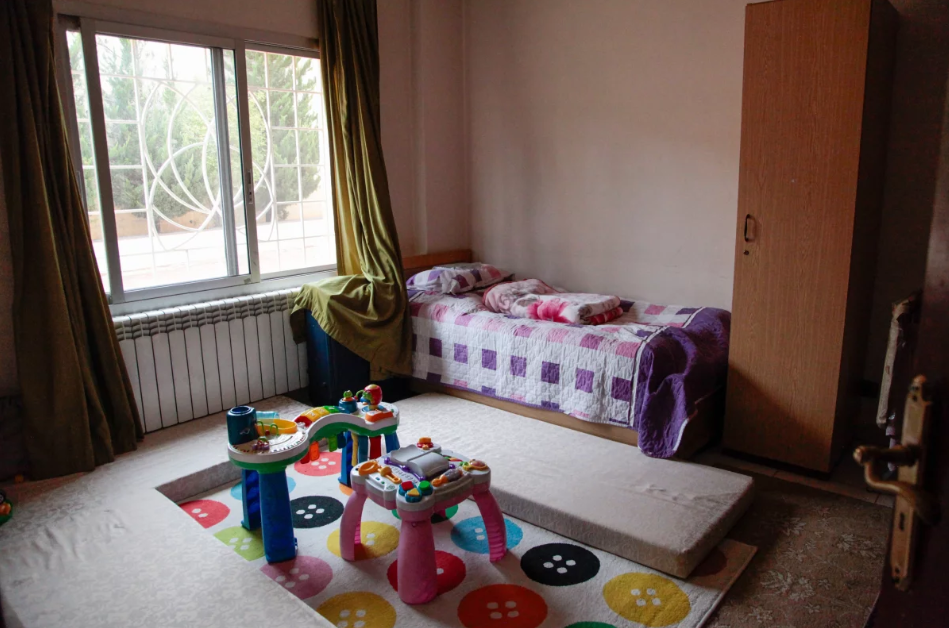
If you’re a student, you know the feeling of trying to gain the energy to wake up in the morning and get your day started. It’s usually pretty early in the morning and you are most likely tired. Maybe you have a test or something important to do at school that’s stressing you out. Staying in bed and sleeping all your cares away seems like the best option. This routine has been the normal thing to do for centuries until it wasn’t.
COVID-19 was the biggest change in American education. This change influenced the thoughts of many parents, students and teachers about school. Ever since COVID attendance has become more optional than it once was, and student absences have continued to stay high even after COVID ended. On average during the 22-23 school year about 10% of students – K-12 – were absent. Around one quarter of the U.S. students were absent for 10% of school days which is about 3 ½ weeks. These absences are a lot higher than the absences before COVID. With so many students being absent, they are missing out on information about their classes, and it’s hard to make up work if you’re not at school to make it up.
Some people are wondering if parents are making the right decision by allowing their kids to stay home. Classrooms can get very chaotic when a bunch of students show up one day but not the next. While absences are increasing, educational inequality does as well. Absences have risen more among students with disabilities and from lower-income households. Studies show that students that skip school more are getting bad grades which are becoming worse and worse. Many schools are messaging parents and sometimes even visiting their homes to try and encourage students to come back to school.
In conclusion, many people are torn about whether or not it’s a good idea to let students stay home from school or make them go to school. Although staying home might seem like a good idea at first, there have been a lot of drastic changes to the lives of students who are absent from school a lot. There is a lot of conflict between these choices which leaves people wondering about which side they should choose. What would you do if you were a parent or student in this situation?
Cites
https://www.nytimes.com/by/david-leonhardt?campaign_id=9&emc=edit_nn_20230905&instance_id=101942&nl=the-morning®i_id=203945409&segment_id=143759&te=1&user_id=3fe21e664b55fe464921a4393ad1b5e4







